Nick Taylor
A few years ago in Zagreb, Croatia, Barbara and I visited the Museum of Broken Relationships. It was a compelling little place. Its displays told stories of passions grown cold, of devotion reconsidered.
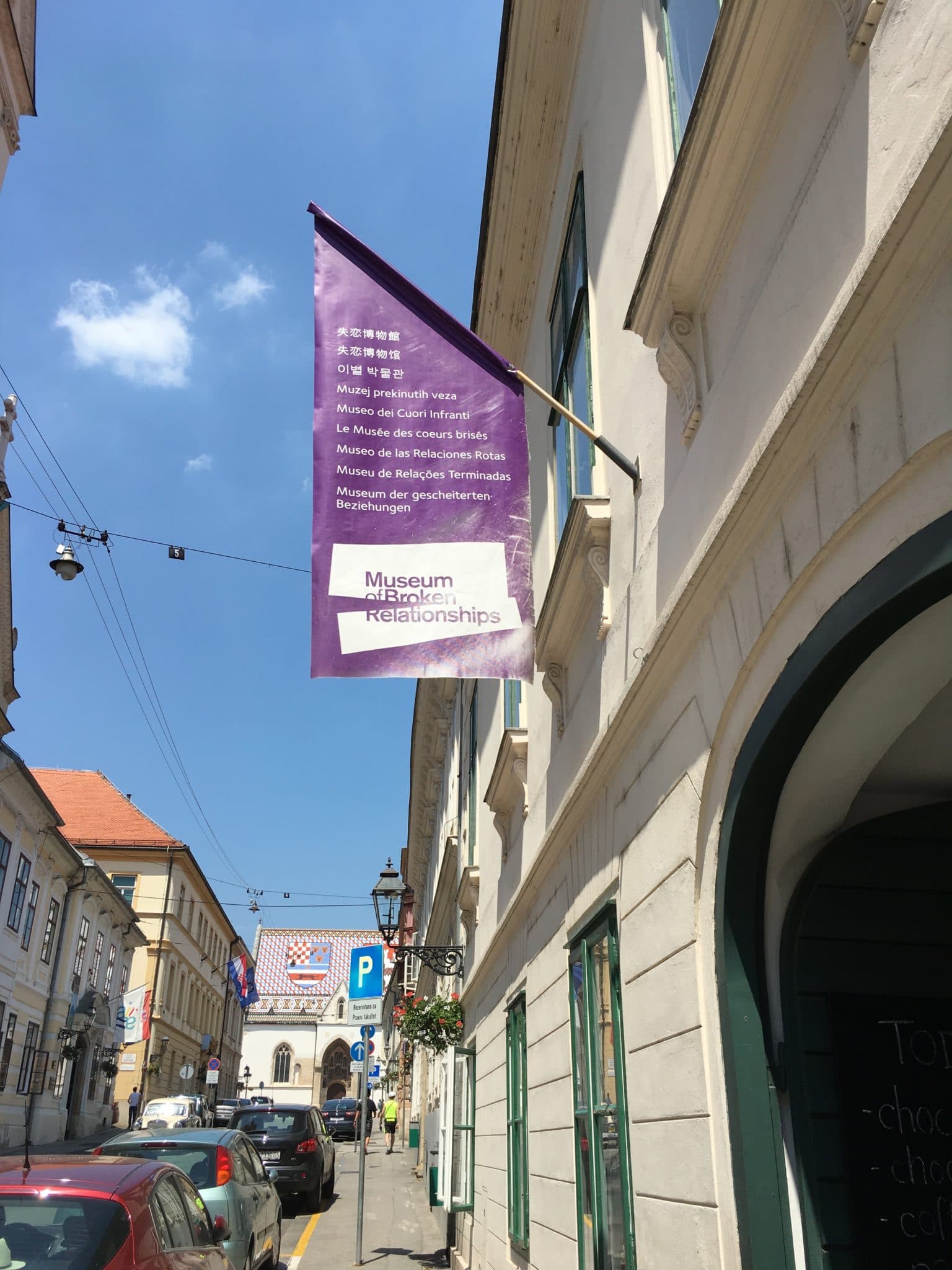
Old love letters crumpled for the waste can. Torn photographs. Objects once shared and now discarded. It was sad and heartening, recognizable and human. The message it sent is that people reassess and move on.
Right now a whole lot of people are reassessing some statues.
They depict men — they’re ALL men — we’re not so sure about as we once were. Confederate generals most of all.
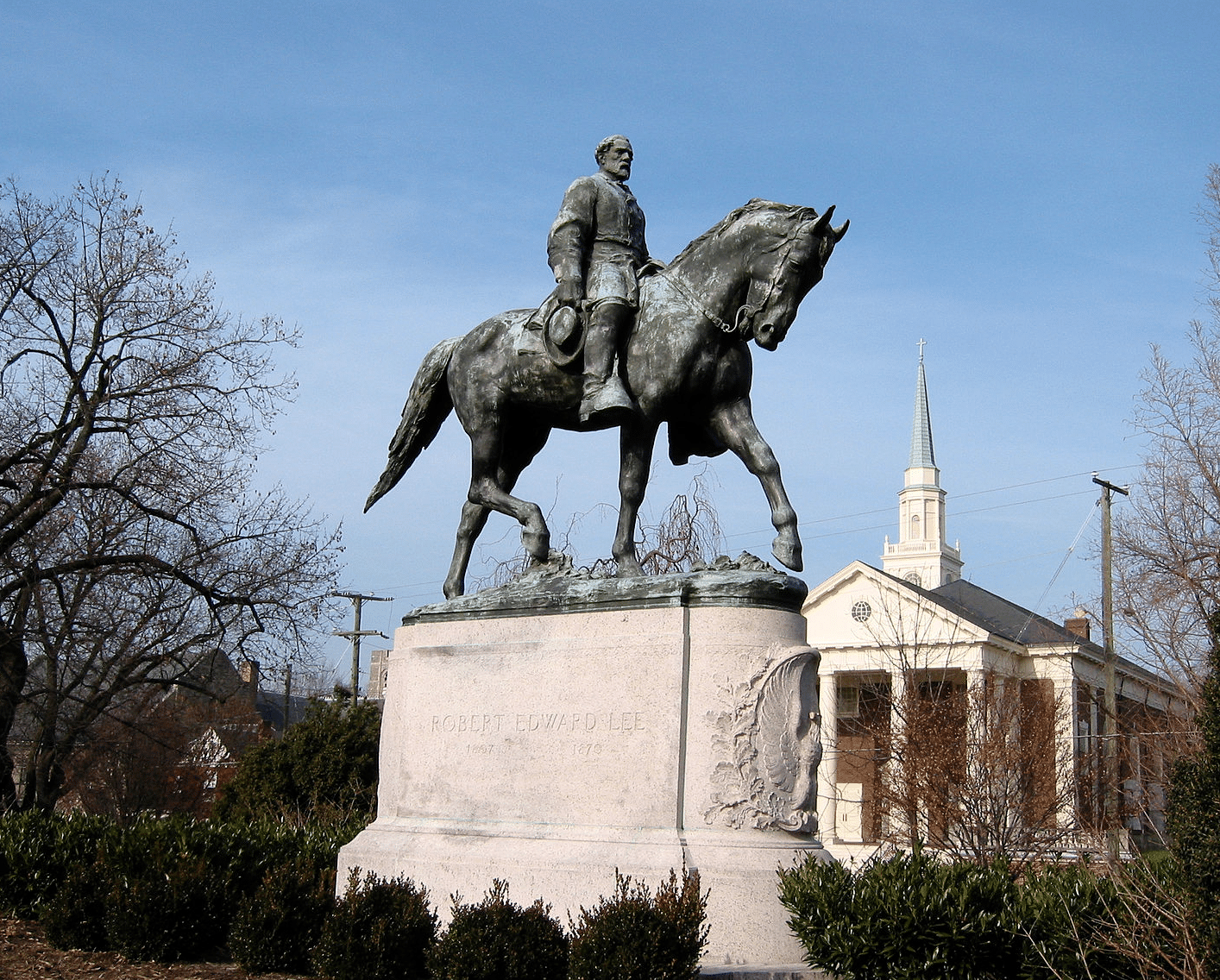
Explorers who pillaged what they found. Colonial overlords. Slave holders who penned eloquent words about freedom and equality. Expansionists who stole tribal lands and murdered their people.
These were men of their times. They did what they did in the context of their eras. Some of them stood for higher ideals than their times reflected, ideals better often than they lived.
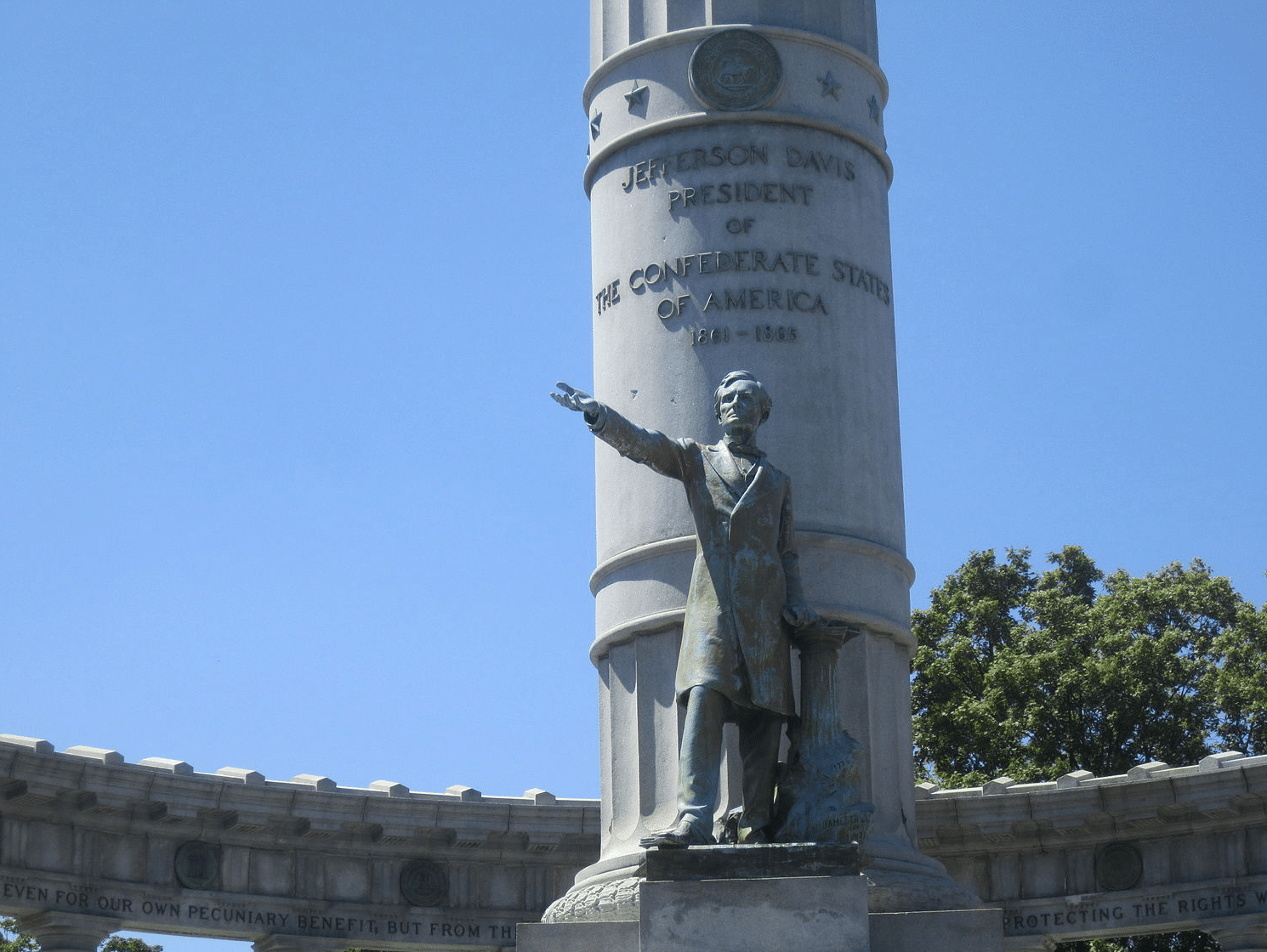
We stuck with them for quite a while. But now they’re like old lovers we at last see clearly and face the whole truth of who they were. Here and there we’ll see things to still admire. But it’s time to remove them from the pedestal for history’s sake.
The Museum of Broken Relationships is a good model for these statues. Don’t tear them down and break them up. I propose a better place: a Museum of Reconsidered Statues.
In the Museum of Reconsidered Statues, Robert E. Lee astride his horse Traveler can still cut the figure of a brilliant general. But he’ll be gone from the courthouse squares where the Daughters of the Confederacy elevated him to reassert white supremacy after post-Civil War reconstruction gave way to anti-black Jim Crow laws.
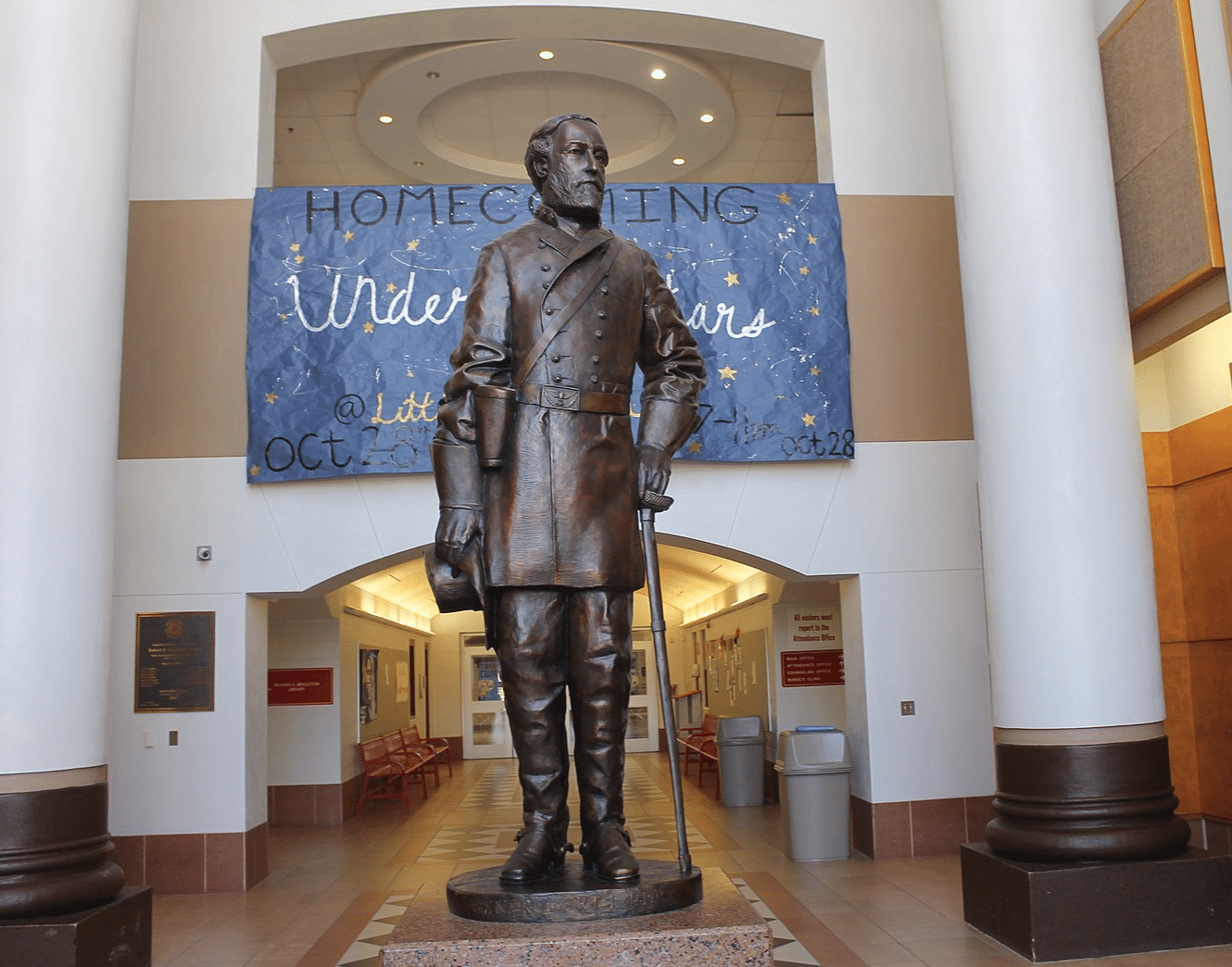
A plaque will describe when and why his statue appeared throughout the South. It will describe his West Point career and his service in the Mexican-American War, his devotion to education as a college president, his respectful treatment of his slaves, his chivalry toward women, and his role as a traitor who took up arms against his country to preserve slavery.
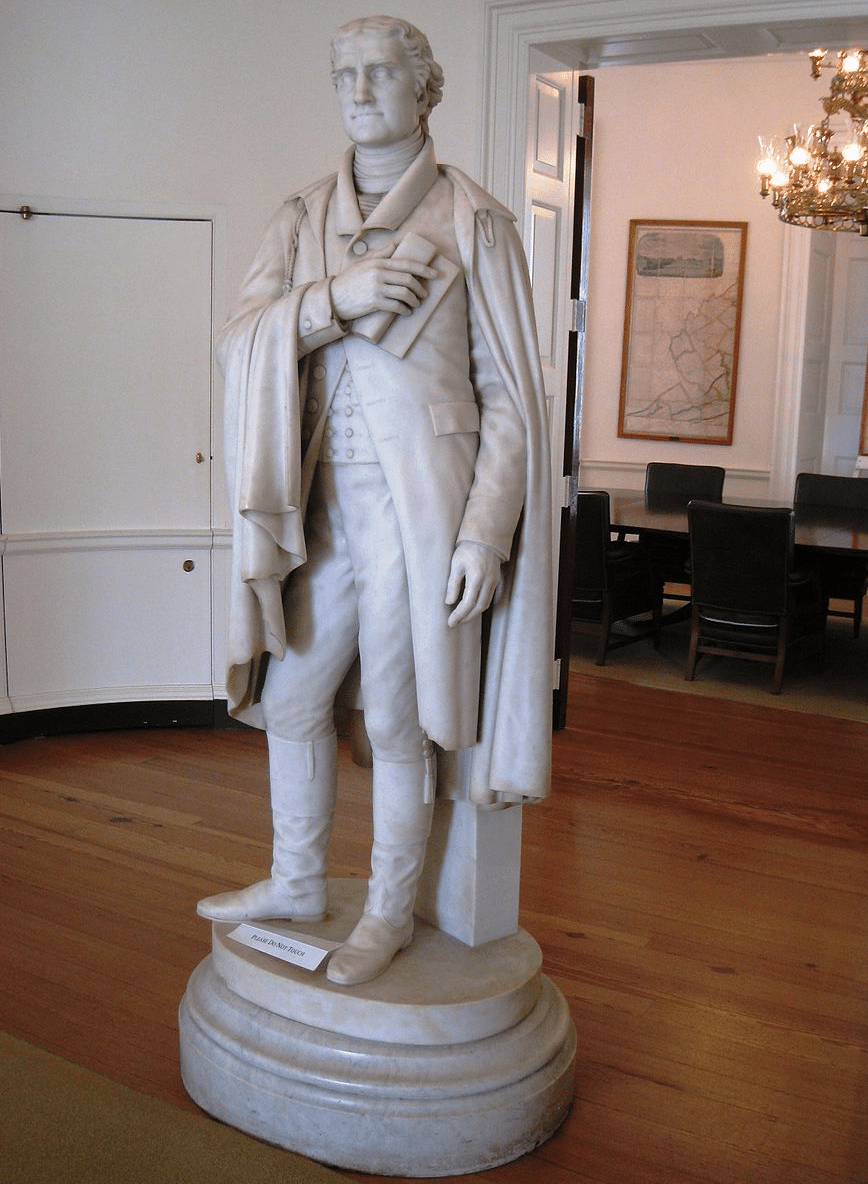
Thomas Jefferson deserves a place in the Museum of Reconsidered Statues. The founder and third president wrote the ringing words in the Declaration of Independence, “All men are created equal.” Yet the Constitution he helped write valued slaves three-fifths as much as whites for apportionment and Electoral College votes. Even this diminished value gave southern states political power slaves had no access to. Jefferson owned hundreds of slaves in his lifetime, sold them to pay his debts, believed they were inferior to whites, and believed they should be freed and recolonized to Africa. The plaque on his statue will give him extra points for irony.
Andrew Jackson is another former president bound for the Museum of Reconsidered Statues. He was a slaveholder, a soldier who defeated the British in the Battle of New Orleans, and a rough-hewn populist. As the seventh president he paid off the national debt.
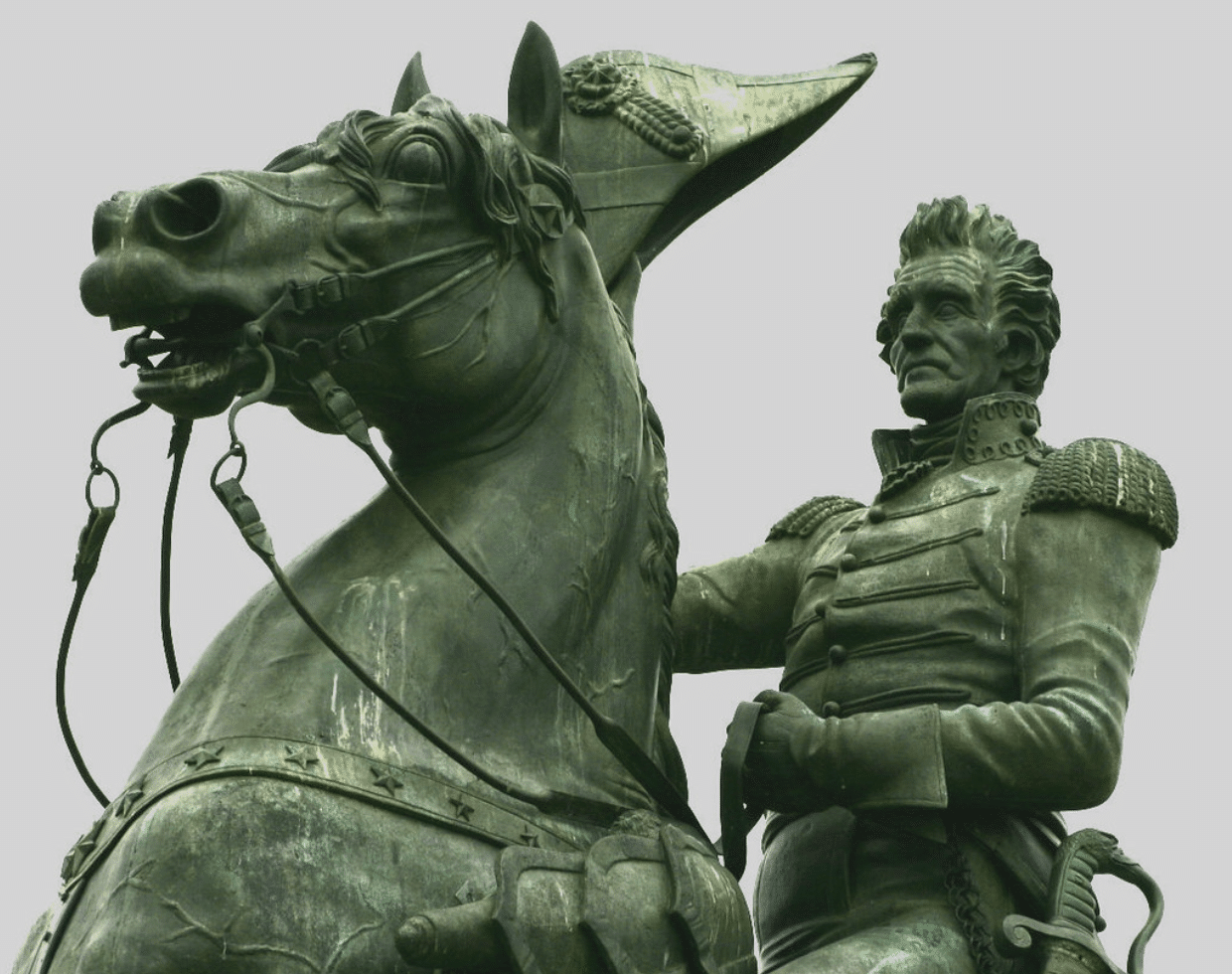
But his ticket to the Museum of Reconsidered Statues is the Indian Removal Act of 1830. This cleared native American tribes from the eastern United States so that whites could settle on their lands. Creeks, Choctaws, Seminoles, Chickasaws, and Cherokees were forced to resettle west of the Mississippi, and thousands died on forced marches collectively known as the Trail of Tears. The City of New Orleans has already reconsidered and taken down the Jackson statue that was there, so we have a place for it.
In the International Room of the Museum of Reconsidered Statues, visitors will find Christopher Columbus.
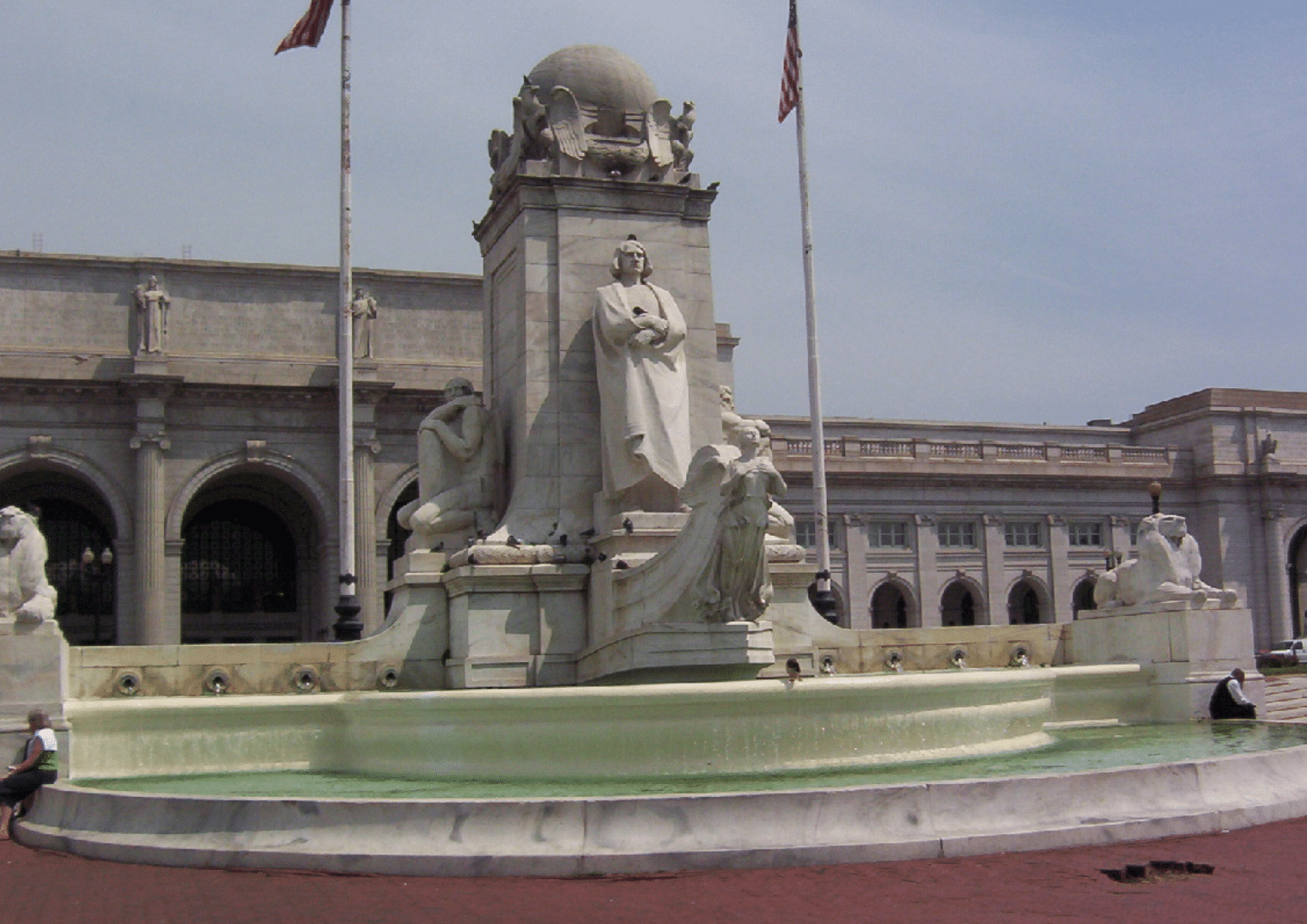
Columbus, the Italian navigator who reached the New World about 500 years after Leif Erickson, was trying to reach the Indian Ocean and the riches of the East without going around Africa. That’s why the indigenous people he found became known as Indians. He made four voyages sailing for the Spanish crown, whose investment sought a return in gold, slaves and, since the Inquisition was in full swing, “godless savages” converted into Christians. The European presence brought by Columbus to the Caribbean islands and the rim of South America he touched devastated the native people by disease, war and enslavement to a fraction of their population.
The world we Americans live in grew up around notions of white civilization and religion. It’s past time to put those notions in perspective and see the harm they brought to native people and those brought here against their will. The Museum of Reconsidered Statues will help clarify our history.
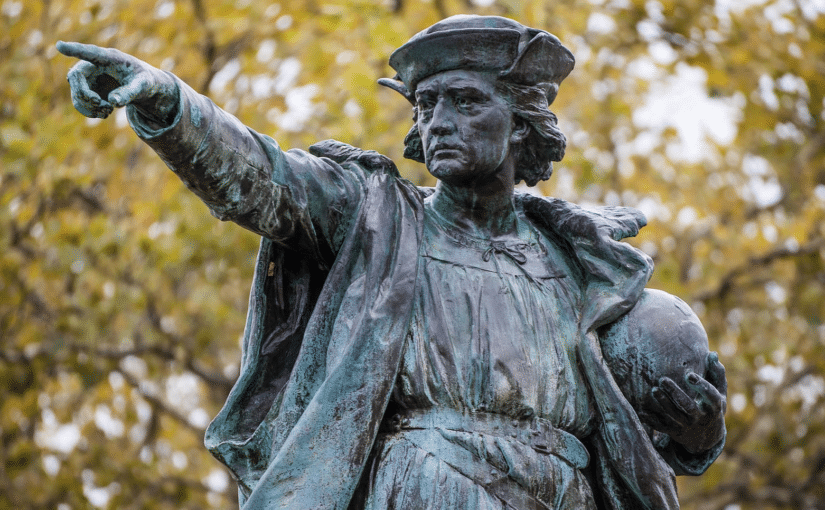
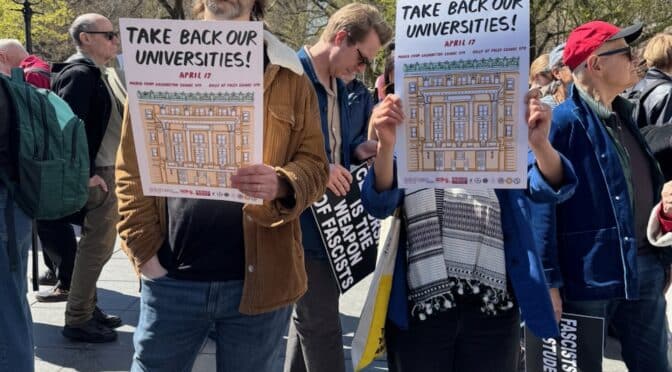
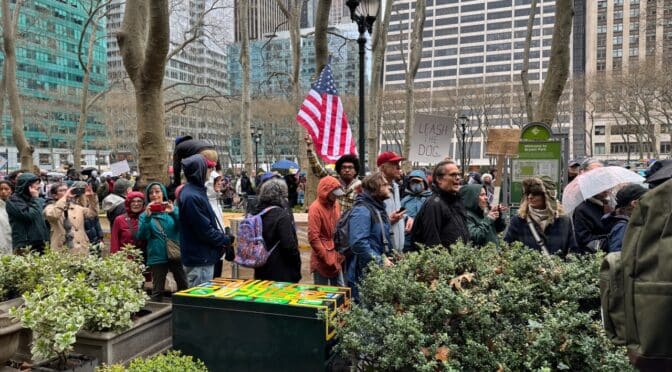
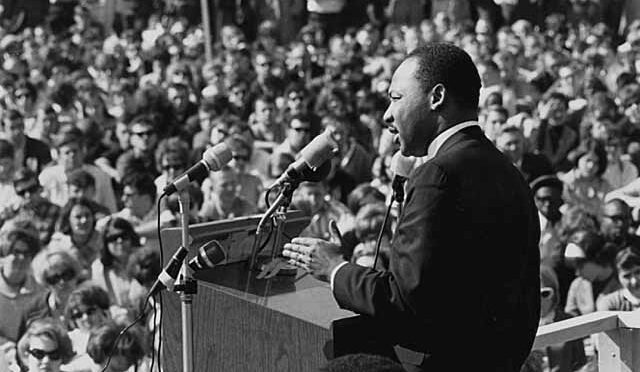
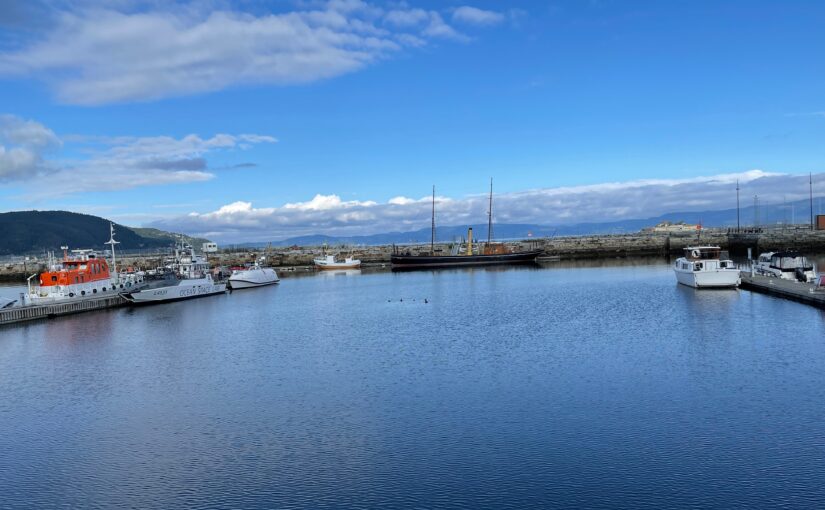
Nickey! what a great essay. and a fascinating suggestion.
Such a museum here would probably get bombed –unfortunately. Because I agree that we should keep the remnants of our history to nakedly display our flaws and mistakes truthfully, the strengths and weaknesses, the displacd glorification of cruel leaders, misplaced worship of Idols — the good or bad , failures as well as successes, for us all to be able to see, if we choose to revisit them for what they once WERE but are NOT and should not be, today; so that we can learn from, reflect on, and “own” — since it is all a part of the Totality of ” Who We “Are,” where we have come from.
Hopefully, seeing the Truth before our eyes, will help to guide us on our Paths ahead.
We need to be able see the remains of the concentration camps in Germany, the ruins of the homes of Caligula, the Coliseums where Gladiators were forced to fight to the death for the public’s entertainment; the Tower of London and the Guillotines…
to attest to the Reality of Man’s Brutality and misguidedness in order to bolster the struggle against its continuation into our future.
We need the hard surfaces of clay and metal forged by the hands of artisans so that we can touch the forms of that which was once REAL — images and not just words on old tales from a stoybook.
Our statues and relics give us tangible lasting evidence of,
“The Roads we should Have Traveled LESS!”
A Museum of Statues Reconsidered would well serve that purpose. As you point out, It would disavowal any previous misconceptions
of Man’s Inhumanity to Man, without crumbling to dust the coexistence or validity of other genuine achievements toward its betterment.
(P.S. I have always loved the creativity , oddness, originality,
and “flipsidedness” continually emerging from the “World of Nick’s Ever-Churning Fresh Ideas.”. Thanks for sending, Barb.)
Thanks for these kind and incisive comments, Sue! Please share the link.